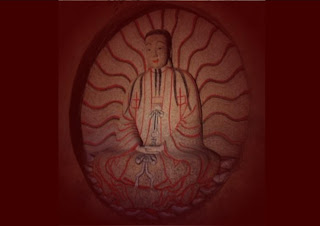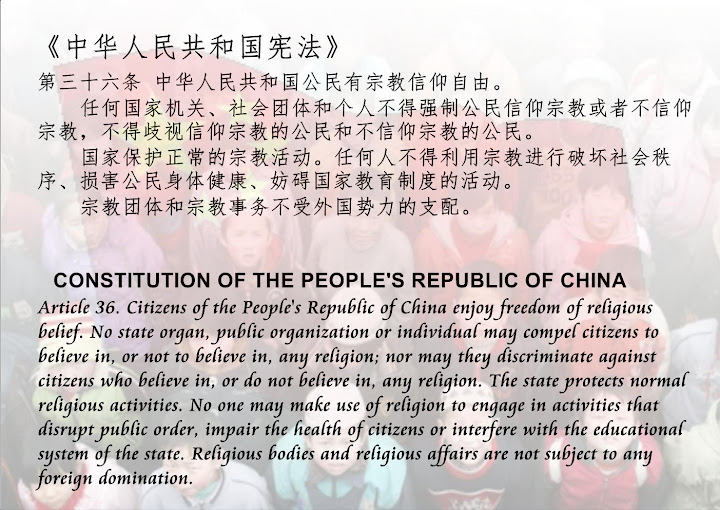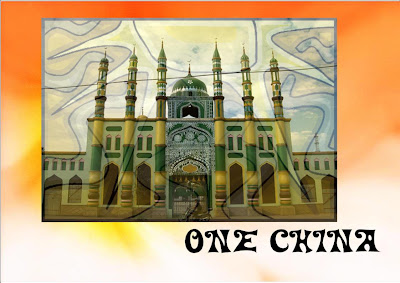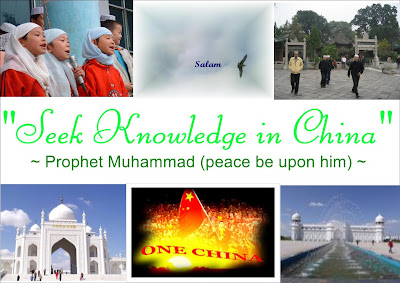Islam in Xinjiang
Taoism was at its height amongst the Hans around the 5th century and was brought along by the Hans who had mostly settled down at places like Turfan and Hami. Taoism was eventually able to spread around the entire Xinjiang in the Ching Dynasty.
Around 6th century BC, Manichaeism came to Xinjiang from Persia via Central Asia. In the mid of the 9th century, the Uighurs, whose state religion was still Manichaeism at that time, moved westward to Xinjiang and they had facilitated the promotion and development of Manichaeism. In Turfan, Uighur Manicheans built temples, dug grottoes, translated scriptures, painted frescoes and spread the Manichean doctrine and culture.
A Temple of Manichaeism
Muslims in China enjoy greater freedom and respects than their brothers and sisters in France where banning, rejection and discrimination against Muslims, are openly written into the French Laws. French values are legally being imposed upon Muslims in the fancy name of integrity and assimilation. In China, Muslim women won't be judged by their level of submissive to their male relatives and religion. Nobody could yank their headscarves before entering a public school.






















No comments:
Post a Comment